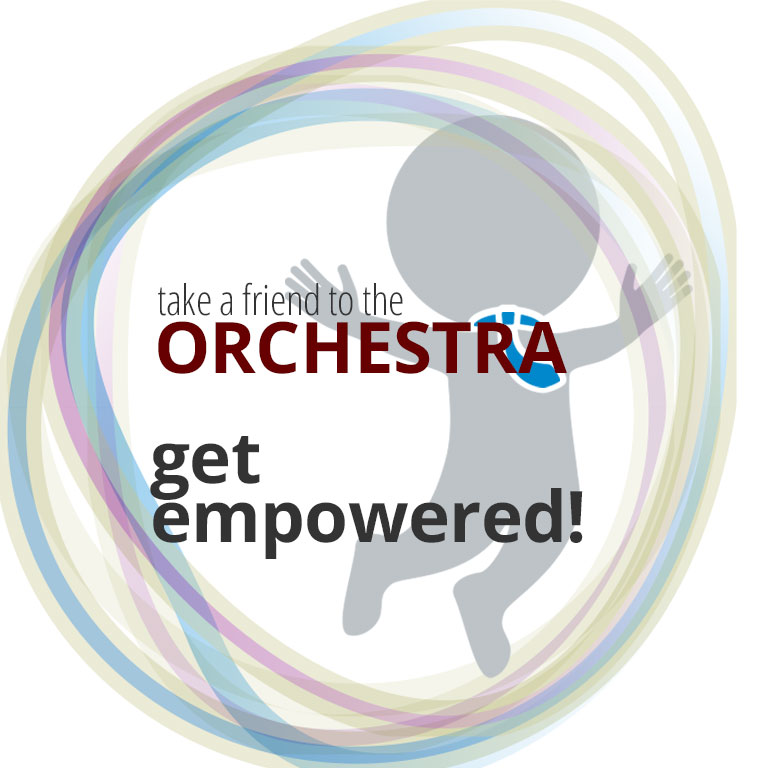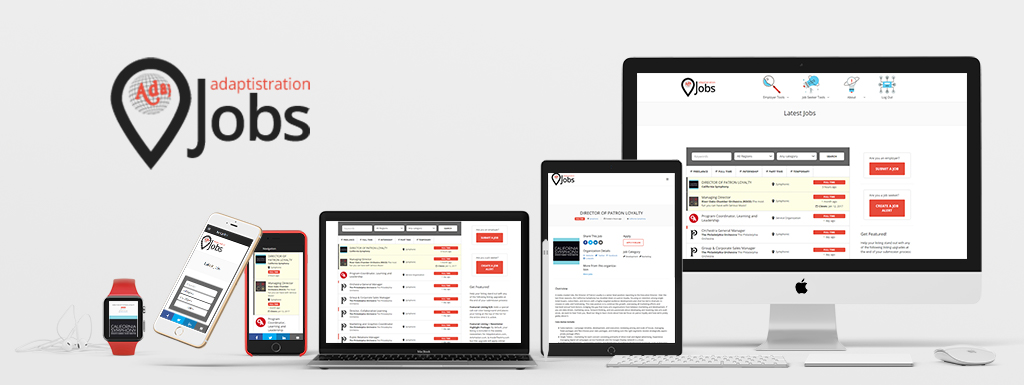When it comes to the concert experience, today’s contributor is a key figure in a growing field that shapes the impact of a live concert event experience. Acoustician and conductor Christopher Blair is the new archetype that redefines what Arts and Sciences are all about. His contribution is every bit as enlightening as it is entertaining and it’s practically unthinkable that you’ll walk away without a renewed sense of inspiration…
Part One: Take a Friend (or Musings on the Concert Experience)
By: Christopher Blair

Lucky me! I’m actually paid to take people to concerts. Usually it is to discuss acoustic attributes of various performance spaces with folks about to embark on building their own. These people are already in love with the sound of orchestras. Not a hard sell to get them to a concert at all.
But it was not always so. In earlier years I would often buy a couple of tickets and hope I could find someone to go with me. Sharing the experience and talking about it afterwards has always been fun for me.
But life is busier now, with a lot more choices for people of how to spend their evenings, and it harder to find friends who want to go out to a concert.
Perhaps part of the problem is the nature of the traditional concert experience in a culture that seems to be in a state of constant acceleration and multi-tasking. Maybe our attention spans are simply not what they used to be.
And then there are “The Rules of Engagement”:
Thou shalt sit quietly in the dark for up to 80 minutes (God Bless Bruckner!) at a stretch.
Thou shalt not express enthusiasm at inappropriate times (to learn exactly where these times are one must receive training in “Music Appreciation” because Tchaikovsky’s 6th is really tricky!)
Even if the musicians look bored and disengaged (American conservatories must offer a course in this), thou shalt reward their efforts with artful applause, perhaps rise to your feet (often prompted by embarrassment of being the only one sitting), and maybe, just maybe, if you are really carried away holler (mumble) something in Italian.
Good times!
OK, I must now ask: If the concert experience were invented today would it be anything like what is routinely presented every week? (One might ask the same question about the US Tax Code, but that is for another time.) Some discussion of “how we got here” might prompt some interesting ideas about “what’s next?”
(The development of orchestras in the United States has been explored in depth by others more scholarly than I, and I apologize in advance for any misstatements contain herein.)
The Great Orchestras of the United States were generally founded upon bedrock of Elitism and Paternalistic Betterment. While in Europe orchestra concerts often arose as a side occupation of opera musicians, here what made a city a “City” was to have its own orchestra. It was comparatively easy at the time to persuade puritanical “Old Money” to part with some for civic betterment without the frivolous and suspect trappings of opera entrained.
Add to the mix the late 19th century elevation of “classical music” concerts to a quasi-religious ritual, the emerging “cult of the conductor”, plus the generally higher awareness of musical culture at the time, the “serious concert” format (and the rules) developed.
But lighter classical music without such serious pretentions had its place too, from monster concerts such as the Boston Peace Jubilee of 1872 (featuring an orchestra of 2,000 and a chorus of 20,000 conducted by Johann Strauss II) to requirements, set forth by Henry Lee Higginson, for the new Boston Symphony Hall to have a flat floor and tables for “gentlemen to enjoy their drinks and cigars” while listening to relatively short pieces of music, allowing comment and conversation in between. High-Art “Tafelmusik” – the foundation of Pops concerts.
The Boston Pops concert was not invented by Arthur Fiedler as some believe, but it might be said that the tri-partite meal he created of a light classical appetizer (“tapas” or “dim sum” might be a better analogy), a familiar concerto for the main course, and orchestrations of popular music of the day for dessert may represent the high point of mixing orchestral education and entertainment. I do suspect, but cannot prove, that crossover between patrons of “Pops” and the “Subscription Series” may have been higher in those days.
In contrast, “Pops” concerts today are trending even more toward themed events with established stars and specialist conductors. These concerts usually do very well at the box office, but few orchestras today realistically expect that attendance at a pops concert will develop into interest in the classical series. All evidence is to the contrary.
Pops Concerts and the Classical Series are today two different products (don’t like the word, but for marketing it is apt) prepared in the same factory by the same (or mostly the same) workers. The audiences and their expectations are different, and there is absolutely nothing wrong with that.
What I see as really missing, however, is something in between these poles. Something that might ultimately lead to a reinvigoration of an audience that comes better prepared for an experience more serious, thoughtful, and, yes, elevating. Perhaps something closer to what Higginson had in mind (but gender-neutral and without the cigars). Promising developments are already emerging. For example: today’s most engaged classical music audiences (and artists) in New York today may not be found at Carnegie or Avery Fisher Halls at all, but at places like Le Poisson Rouge where they play, mingle, and talk about music.
Purists need not be upset about this development. Remember Bach introduced many new pieces at Zimmerman’s coffee house in Leipzig.
For more thinking along this line, I can enthusiastically recommend reading the entire speech that Alex Ross presented to the Royal Philharmonic Society on March 8th of this year.
In his entertaining discussion the implied alternative is one that not only recognizes but exploits the social context of the concert experience. What follows is a personal example of this sort of approach which may inspire some new blood while, hopefully, not horrifying the establishment.
Part 2: Party On! (or How to take a THOUSAND friends to a concert)
One year I decided to start a professional orchestra.
It was to be based within a neighborhood of a major city with several distinguished orchestras of long history already in place.
To differentiate this group from the other ensembles and give it its own artistic identity, I decided that we would concentrate on little-known but “accessible” works outside the standard repertoire. Our inaugural concert scheduled for a Palm Sunday afternoon in a local church was to be what I now refer to as the Holy Week portion of Liszt’s “Christus ” Oratorio (from the “Entrance to Jerusalem” to the concluding “Resurrection”- a good hour of mid-19th Century romanticism).
Now I had lived in this neighborhood for ten years; had joined the historical society; worked with the neighborhood association; so by then I had a number of good friends and even more acquaintances.
Like the beginning of a political campaign, these friends hosted many house parties for their friends and after everyone was sufficiently lubricated (no one was driving) I was permitted to offer my spiel. This talk focused less on the music than building a sense of neighborhood pride and the fun to be had just getting together for something outside the everyday.
As the concert was to be performed in a church, I decided that, following New England tradition, I would sell “pews” not individual seats. You could pack as many friends and family as you wanted into each pew (six was a cozy number), or you could bring cushions and recline alone in “semi-oriental splendor”. In this way most people attending could form their own lively parties before and after the event.
One party built on another and the pews were quickly sold. Audience ages ranged from 8 to 82.
The moral? Make the event personal, make it fun, and they will come.
And you don’t have to compromise artistic quality one bit.
Read Christopher’s bio and more at the TAFTO resource site.


